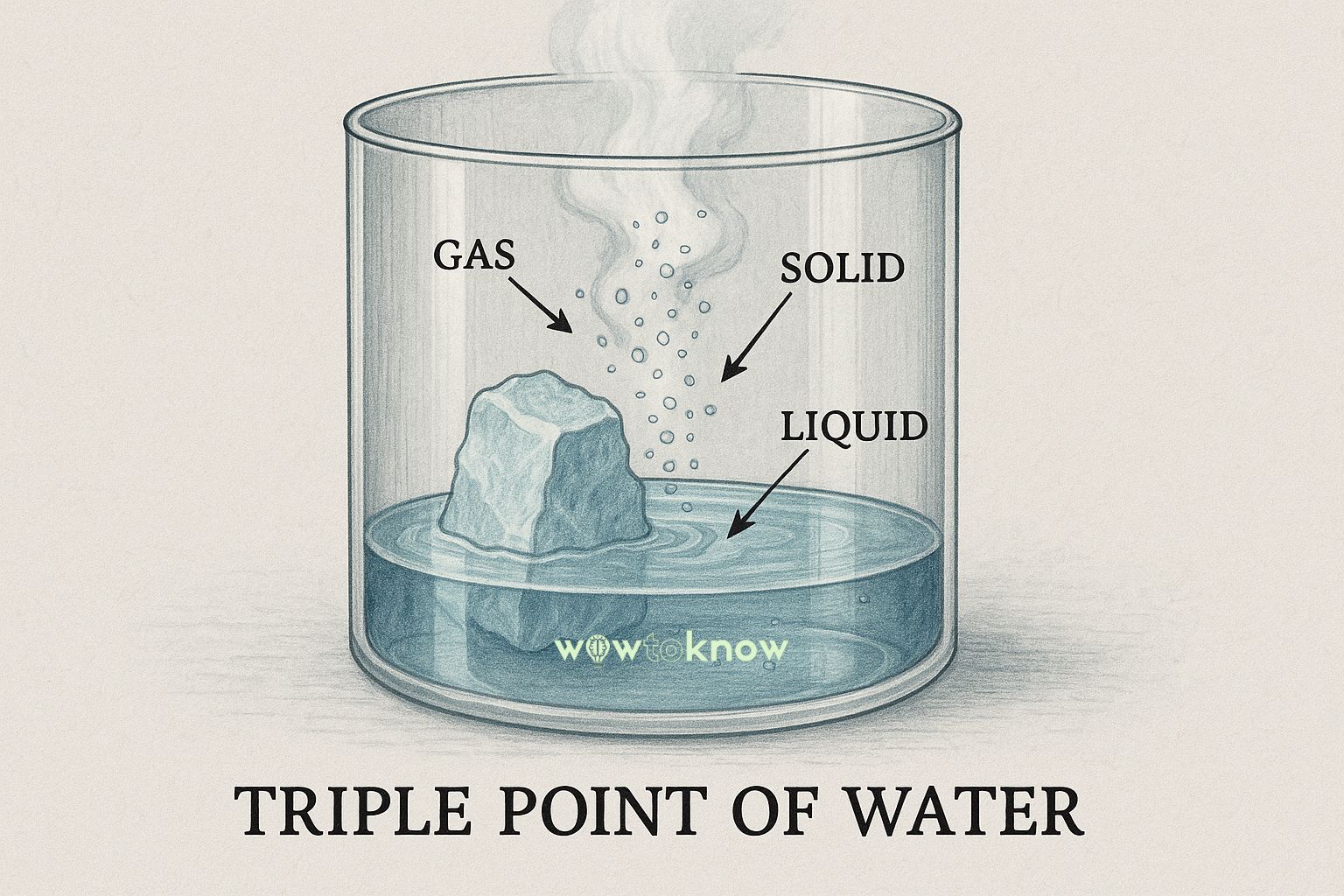In the vast landscape of the digital age, few nuisances are as pervasive as email spam. Yet, this modern inconvenience traces its origins back to a single event in 1978. This article delves into the story of the first-ever email spam, a seemingly innocuous marketing message that laid the groundwork for a global phenomenon.
The First Spam: A Marketing Gimmick Turned Annoyance
In the early days of the internet, known as ARPANET, Gary Thuerk, a marketing representative for Digital Equipment Corporation (DEC), sent a promotional email to 393 recipients. This unsolicited email, intended to showcase DEC’s new product, inadvertently became the world’s first instance of email spam. Thuerk’s message, while innovative, sparked annoyance among recipients and set a precedent for the countless spam emails that would follow.
The Ripple Effect: How One Email Changed the Digital Landscape
The 1978 promotional message by DEC marked the beginning of unsolicited digital communication. This seemingly minor event highlighted the potential for email as a marketing tool but also underscored the need for regulations and controls to prevent misuse. Over the years, email spam has evolved, becoming more sophisticated and widespread, necessitating advanced filtering systems and cybersecurity measures to combat it.
FAQ
What was the content of the first spam email?
The first spam email was a promotional message sent by Gary Thuerk of Digital Equipment Corporation, advertising their new products.
How many recipients received the first spam email?
The first spam email was sent to 393 recipients on ARPANET.
Why is the first spam email significant?
This email marked the beginning of unsolicited digital communication, leading to the widespread issue of email spam that persists today.
How has email spam evolved since 1978?
Since its inception, email spam has become more sophisticated and widespread, prompting the development of advanced filtering systems and cybersecurity measures to combat it.
What impact did the first spam email have on digital communication?
The first spam email highlighted the potential and challenges of using email for marketing, ultimately leading to the development of regulations and technologies to manage unsolicited digital communication.







